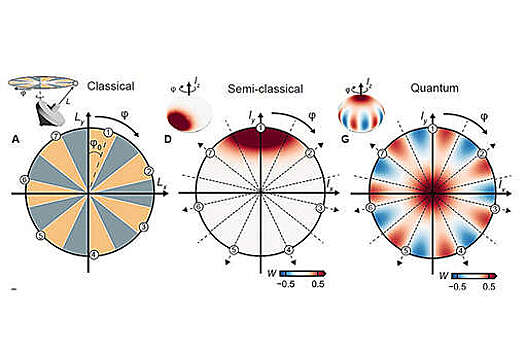Researchers from the National University of Singapore and the University of New South Wales in Sydney prove that the rotation of the atomic nucleus is a quantum phenomenon. The work was published in Newton magazine. Spin is a basic feature of basic particles. It can be expressed as a “inner rotation” of a particle that determines how it interacts with electric and electric fields. For a long time, it is believed that the spin of basic particles, such as electrons or protons, only proves the quality of death when interacting with the magnetic field. However, with the free rotation, their behavior is almost indistinguishable from the usual classic rotation, similar to a roulette wheel. Professor Valerio Scarani and student Za Lin HTuo set himself the task of proving that in the special state of the atomic nucleus, it actually behaved exclusively by Ktantovo. The experiment was conducted with the group of Professor Andrea Morello, who had the necessary equipment for extremely shopping. In the experiment, scientists used the nucleus of Surma (SB), the rotation was monitored by seven -way in a full cycle. If spin is classic, the probability of detecting it is in a positive state may not exceed 0.571. However, when creating a special quantum state, called the state of Schrödinger, the researchers recorded the probability of 0.636, exceeding the classic limit. This is a direct evidence that the rotation of the nucleus actually lies in a pile – an indispensable state from the perspective of classical physics. “It was previously believed that observing the speculation in the magnetic field did not allow distinguishing quantum behavior with classic,” Professor Morello said. – “We have rejected this appearance, proving that quantum effects can be detected even at the level of a single atomic nucleus.” Professor Scaransi emphasized that their work not only confirms the basic nature of quantum mechanics, but also opens new opportunities for quantum technologies. Researchers plan to continue studying quantum and their possible applications in calculating and sensor.
